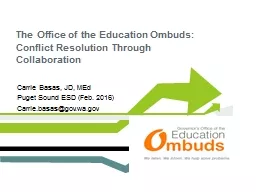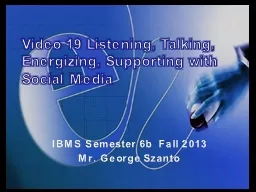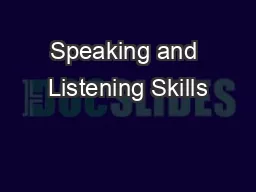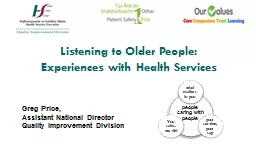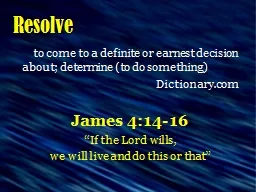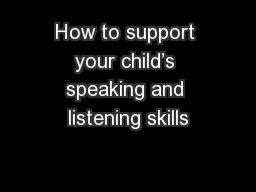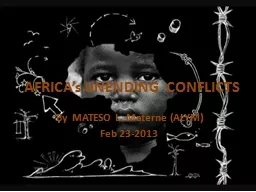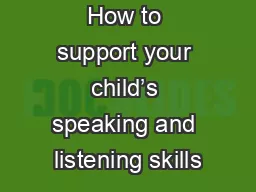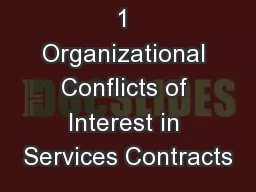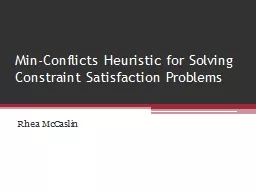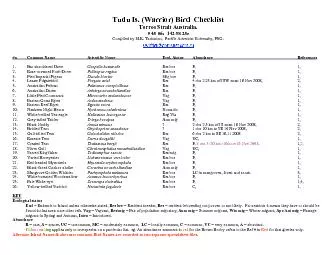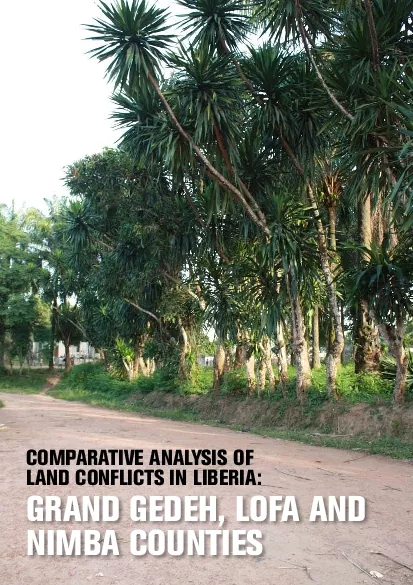PPT-Supporting Students: Listening to Resolve Conflicts and Res
Author : conchita-marotz | Published Date : 2017-11-28
Carrie Basas JD MEd WASSW October 15 2016 Carriebasasgovwagov Getting to Know One Another The Office of the Education Ombuds OEO is an agency within the Governors
Presentation Embed Code
Download Presentation
Download Presentation The PPT/PDF document "Supporting Students: Listening to Resolv..." is the property of its rightful owner. Permission is granted to download and print the materials on this website for personal, non-commercial use only, and to display it on your personal computer provided you do not modify the materials and that you retain all copyright notices contained in the materials. By downloading content from our website, you accept the terms of this agreement.
Supporting Students: Listening to Resolve Conflicts and Res: Transcript
Download Rules Of Document
"Supporting Students: Listening to Resolve Conflicts and Res"The content belongs to its owner. You may download and print it for personal use, without modification, and keep all copyright notices. By downloading, you agree to these terms.
Related Documents

